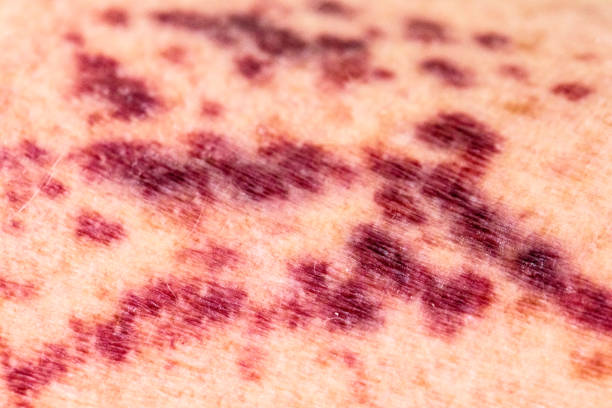Vasculitis is a rare medical condition that refers to inflammation of the blood vessels. It can occur in any blood vessel in the body, including the arteries, veins, and capillaries. The exact cause of vasculitis is often unknown, but it can occur as a complication of another underlying condition, such as an infection, autoimmune disorder, or exposure to certain drugs or toxins. Vasculitis symptoms can range from mild to severe and can be life-threatening if left untreated.
Symptoms of Vasculitis
The symptoms of vasculitis can vary greatly depending on the type and severity of the condition. Some common symptoms include:
Skin rashes or ulcers: These are often the first sign of vasculitis and can appear as red, raised welts or open sores on the skin.
Joint pain and swelling: Vasculitis can cause joint pain and swelling, especially in the hands, feet, and knees.
Muscle weakness: Weakness in the muscles, especially in the legs and arms, is a common symptom of vasculitis.
Fatigue: Fatigue is a common symptom of vasculitis, which can be severe and interfere with daily activities.
Abdominal pain: Abdominal pain can occur if the blood vessels in the abdomen are affected by vasculitis.
High blood pressure: Vasculitis can cause high blood pressure, which can lead to damage to the heart, kidneys, and other organs.
Numbness or tingling: Numbness or tingling in the hands and feet is a common symptom of vasculitis.
Vision problems: Vasculitis can cause vision problems, including blurring, double vision, or even vision loss.
Diagnosis of Vasculitis
Diagnosis of vasculitis often begins with a physical examination and a review of the patient’s medical history. The doctor will also perform blood tests to look for signs of inflammation, such as an elevated erythrocyte sedimentation rate (ESR) or C-reactive protein (CRP).
Imaging tests, such as X-rays, MRI, or CT scans, can help the doctor determine the extent and severity of the blood vessel damage caused by vasculitis. A biopsy of the affected blood vessels may also be performed to confirm the diagnosis.
Treatment of Vasculitis
Treatment of vasculitis depends on the type and severity of the condition, as well as the underlying cause. The goal of treatment is to reduce inflammation and prevent further damage to the blood vessels.
Corticosteroids: Corticosteroids are the main treatment for vasculitis and are used to reduce inflammation. They can be taken orally or as a injection into the muscle.
Immunosuppressant drugs: These drugs can be used to suppress the immune system and reduce inflammation. They can be used in conjunction with corticosteroids or as an alternative if the patient cannot tolerate steroids.
Antimalarial drugs: Antimalarial drugs, such as hydroxychloroquine, can be used to treat vasculitis by reducing inflammation and preventing blood clots.
Biologic agents: Biologic agents, such as tumor necrosis factor (TNF) inhibitors, can be used to treat certain types of vasculitis that are caused by an overactive immune system.
Surgery: In severe cases of vasculitis, surgery may be required to remove damaged blood vessels or repair them.
It’s important for individuals with vasculitis to work closely with their healthcare provider to develop an individualized treatment plan, as well as to monitor for any potential side effects of treatment and to make any necessary adjustments.
In summary, vasculitis is a group of diseases characterized by inflammation and damage to blood vessels, and the symptoms can vary depending on the type of vasculitis and the location of affected blood vessels. Treatment options for vasculitis can include medications, surgery, and other therapies, and it’s important for individuals with vasculitis to work closely with their healthcare provider to manage their condition.

 Home
Home Health
Health Diet & Nutrition
Diet & Nutrition Living Well
Living Well More
More












